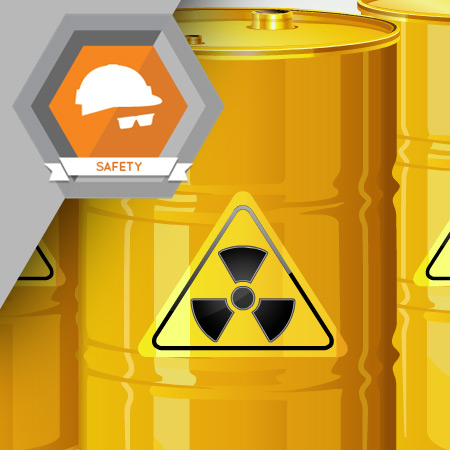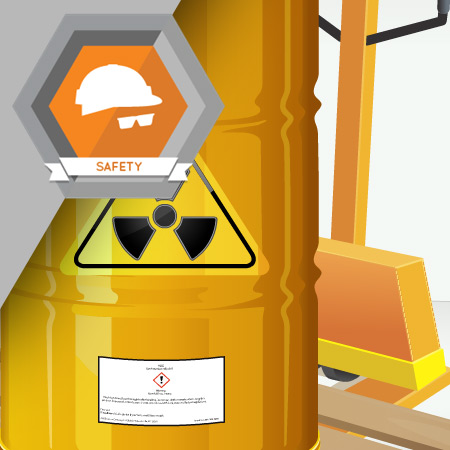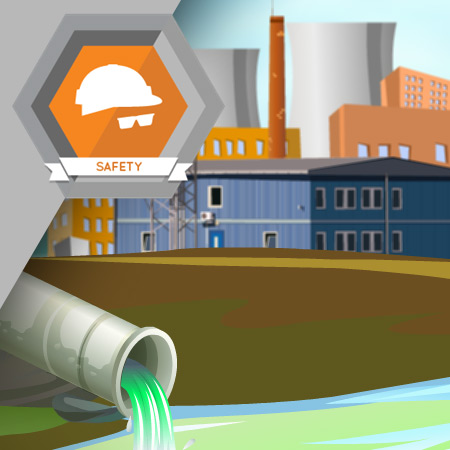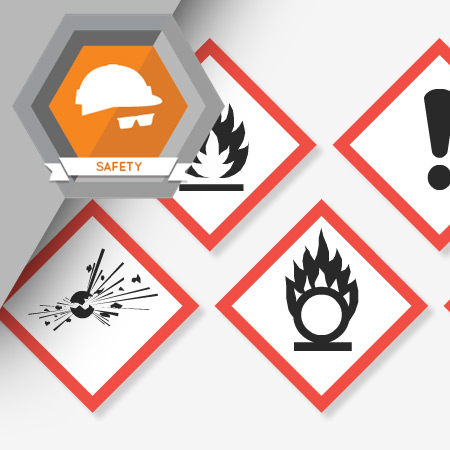
Hazardous materials are present in many forms in the manufacturing workplace. The first step to protect yourself is to recognize the chemicals that create potential hazards in your work environment.
Learning Objectives
- Describe what a hazardous material is and why it is important
- Identify the different forms of toxic materials
- Recognize the entry routes of hazardous materials

In 2012, OSHA updated its Hazard Communication Standard (HazCom) to align with the Globally Harmonized System of Classification and Labeling of Chemicals (GHS). In HazCom 2012, a material safety data sheet (MSDS) is simply a safety data sheet, and labels now have a consistent look, complete with pictograms.
Learning Objectives
- Identify the major changes to the HazCom
- Understand the new label requirements
- Explain each section of the new safety data sheet
- Know what your employer’s responsibilities are

Improper dumping of hazardous waste is a serious issue. OSHA’s Hazardous Waste Operations and Emergency Response (HAZWOPER) standard outlines how to handle hazardous waste operations and emergency response.
Learning Objectives
- Define hazardous waste
- Describe the requirements of HAZWOPER
- Explain what an emergency response plan cover

Proper storage of hazardous materials is critical to the safety of everyone. Improperly stored hazardous materials could lead to serious injury or even death.
Learning Objectives
- Define hazardous material
- Understand the terms flash point and boiling point of liquids
- Distinguish between flammable and combustible liquids
- List methods of storing hazardous materials.
- List common requirements of hazardous material storage rooms
- List common requirements of hazardous material storage cabinets
